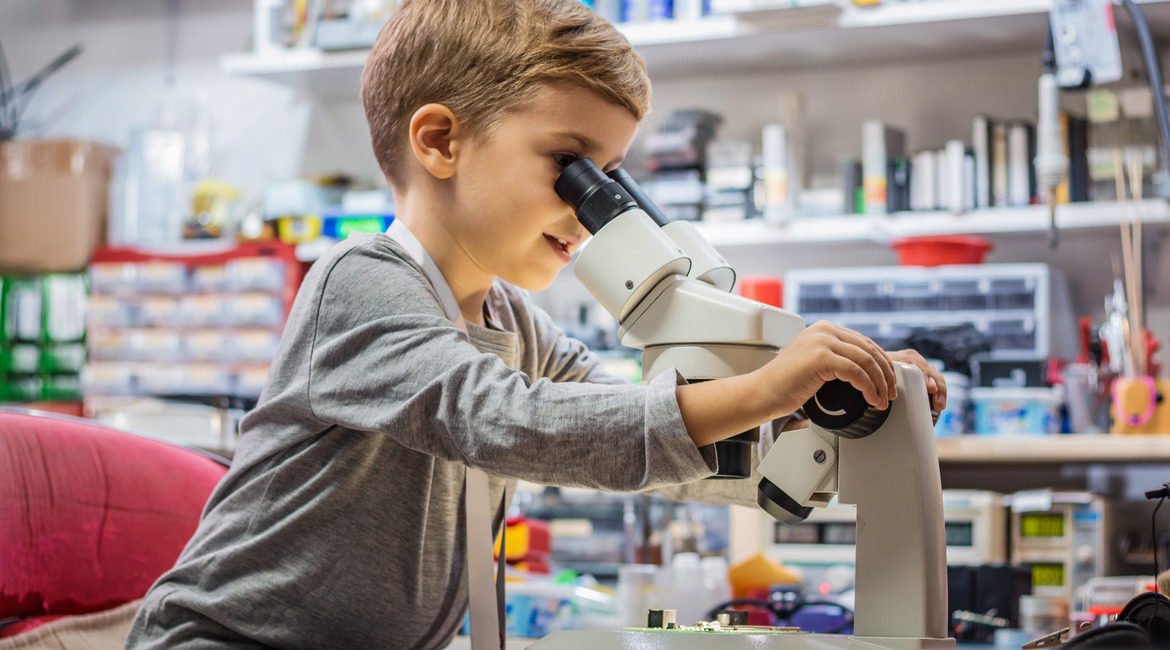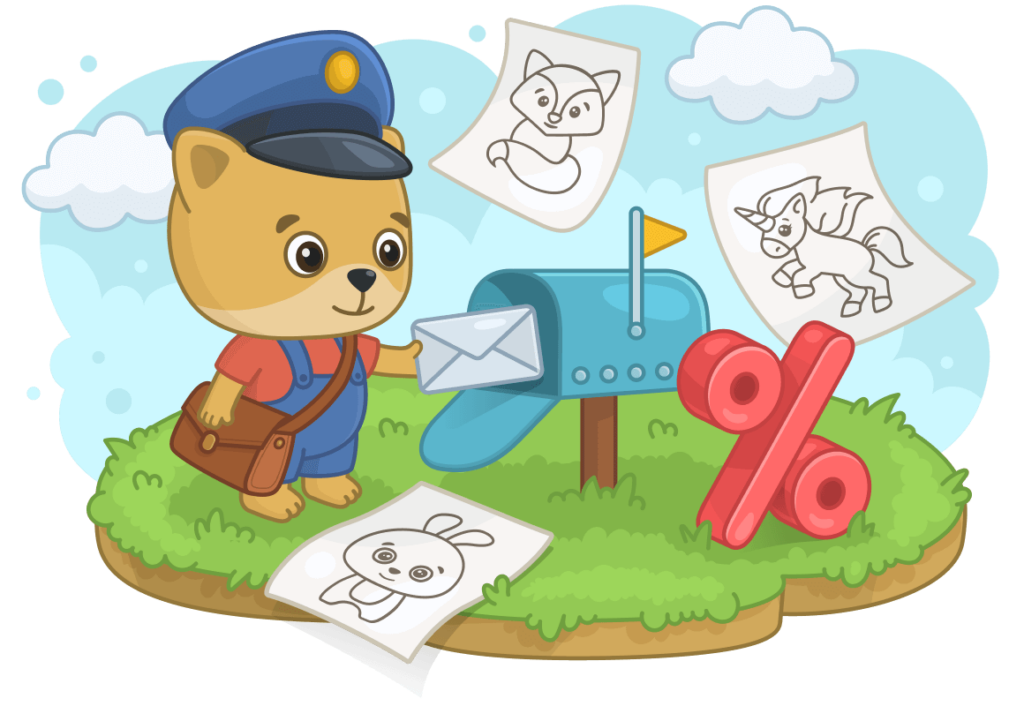Preschoolers have a wide-open curiosity about the world and often ask creative questions about STEM.
Most preschoolers enjoy exploring science, building blocks, and crazy sculptures.
Hence, the best way to facilitate learning is to provide STEM activities while also sitting back and observing their growth.
STEM activities are one of the most entertaining ways to engage your preschoolers.
The best part about these activities is that your little ones can carry them out anywhere; at home, the classroom, or even the playground.
Also, to create a memorable STEM experience, you do not require any specific tools, games, or equipment.
6 Fun Preschool STEM Activities
Does your preschooler have an interest in understanding how things work? Do they enjoy exploring and experimenting with their environment?
If yes, you may have a budding scientist, engineer, or mathematician, scientist on your hands.
Compiled below are six simple yet fun STEM activities for children you can use to kick-start your preschooler’s love of science.
1. Body Shadows
Body shadows for science play are the perfect activity to make children excited about school work and learning.
Using a flashlight, call out different animals or objects and ask your preschooler to recreate with their body.
Next include movements such as standing on one foot, stretching to reach the sky, or dancing with their shadow to catchy children rhymes.
Shadow games are a fun and interactive way to teach or improve your preschooler’s body awareness.
2. Magnetic Slime
Slime activities are a staple for preschoolers looking for a fun STEM activity.
It adds a splash of science to the games as the children experiment with slime, iron oxide powder and magnets.
Although having the perfect slime consistency is tricky, you can resolve it by adding either glue or liquid starch when using the slime.
This activity is a good conversation starter as preschoolers are usually curious about magnet work so prepare before starting!
3. Fridge Door Marble Run
Children can carry out this fun STEM activity with household items like toilet paper, marbles, paper towels, cardboard, and glue magnets.
Ensure to use strong magnets so that the rolls can withstand the weight of the marbles.
Allow your preschooler to decorate the cardboard rolls according to their imaginations.
Then, place your marble run rolls on the fridge at various angles and let them see the marble move.
You can use as many cardboard rolls as you want and ask your child questions while adding or removing the rolls.
Using a stopwatch, allow them time the running marble and ask them to try several “runs” for the marbles.
4. Oil Spill
Why not teach your preschooler STEM activities that connect back to real problems?
Combine oil and water in a big container for this activity and add a few feathers to the mixture.
Then ask the kids to remove the oil from both the water and feathers without eliminating excess water.
Use this activity to teach oil spillage and its effect on the environment by asking them to observe the difficulty in removing oil from the mix.
The essential elements of this oil spill activity make it suitable for preschool.
However, oil is messy, especially with young learners, so always use your discretion.
5. Sticky Note Number Match
By placing paper on the wall, sticky notes and a marker, you can arrange this movement-oriented STEM activity.
Instead of kids cramming lists of numbers, this “game” helps them understand the concept of numeric values.
Ask them to hunt for sticky note numbers and place them on the wall over the grouping of dots that matches the number.
The setup for this STEM game is simple, as anyone with a paper or ruler can recreate the activity.
6. DIY Science Lab
To create your preschooler’s science lab mixing station at home, you need plastic or glass containers.
Fill one container with dry substances like baking soda, baking powder, cornstarch, and additional containers with wet ingredients.
Immediately after setting up the science lab, let your kids get creative and experiment with the result from mixing various ingredients.
It is important to avoid incorporating dangerous liquids or ingredients into lab time.
Some everyday household items are hazardous when combined; mixing vinegar and bleach creates toxic vapours.
Hence, always supervise “lab” time and remind your preschoolers not to do experiments without a third party.

Different Ways to Celebrate National STEM Day
There are various ways for kids to celebrate National STEM Day at home and in the school.
Here are three simple ways listed below:
1. Show off What They Know
It is common knowledge that project-based learning helps reinforce learning.
So, allowing them to participate in a creative activity while exploring STEM topics is an excellent way to spend the day.
Your child can bring lessons to life and launch their creativity with practicality using everyday occurrences.
If it is raining, use the opportunity to educate them on the water cycle.
If it is during election season, pique their interest in how voting depends on math and percentages.
2. Engage Their Interests
Learning about STEM is a lot easier when it is a result of genuine interest.
To celebrate, start with discovering what your child is curious about –the lifecycle of their favourite insect, the ocean’s tides, or science experiments.
Help them explore their curiosity while you explain to them using a wide range of STEM activities.
3. Mix it Up
Switch up your routine to make National STEM Day feel special.
As a parent, you can pack a creative lunch or snack while adding fun educational information into the lunch box.
These facts are something as simple as, Did you know octopi are one of the few animals who use tools?
You can get in on the fun to make the celebration more memorable and fun for your preschooler.
Conclusion
Nurturing young children’s instincts to ask questions and solve problems is possible via STEM activities.
The trick to sparking a lifetime interest in preschoolers is to disguise the more rigorous academic learning lessons with playful and fun challenges!
Finally, introduce the activities to preschoolers one at a time at home and always teach them the basics of STEM activities.
You never know; your little one might be the next best scientist, mathematician, or engineer!



